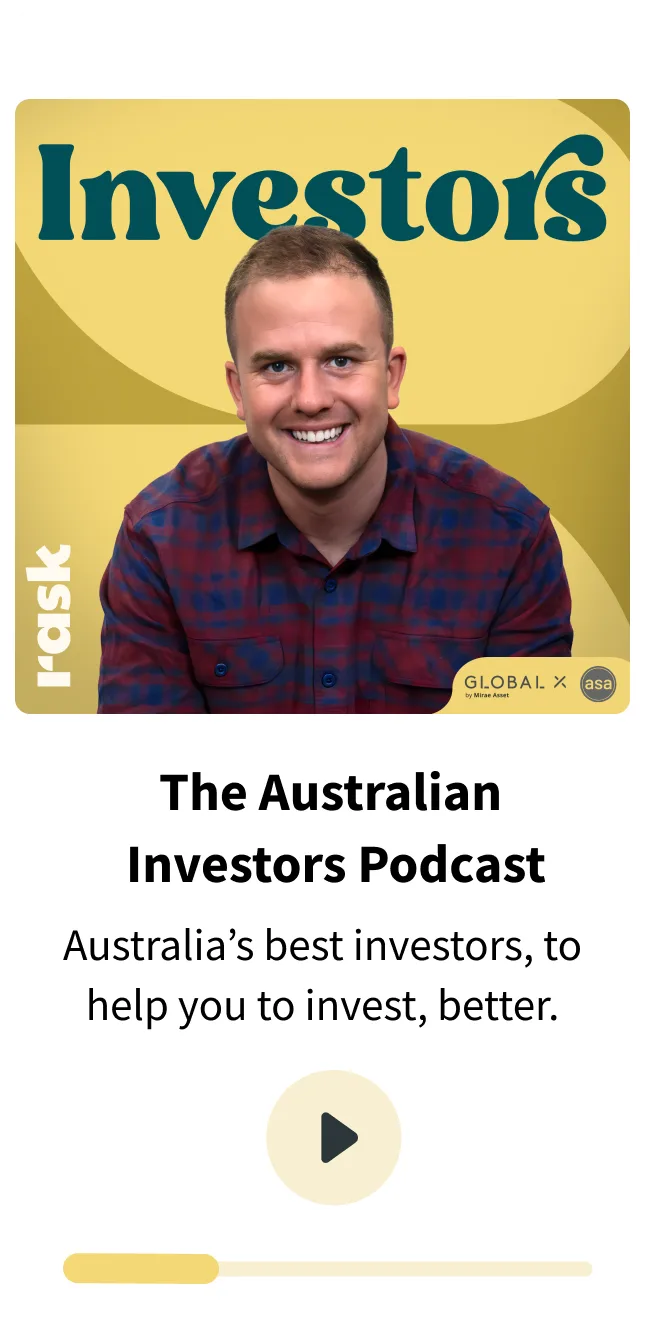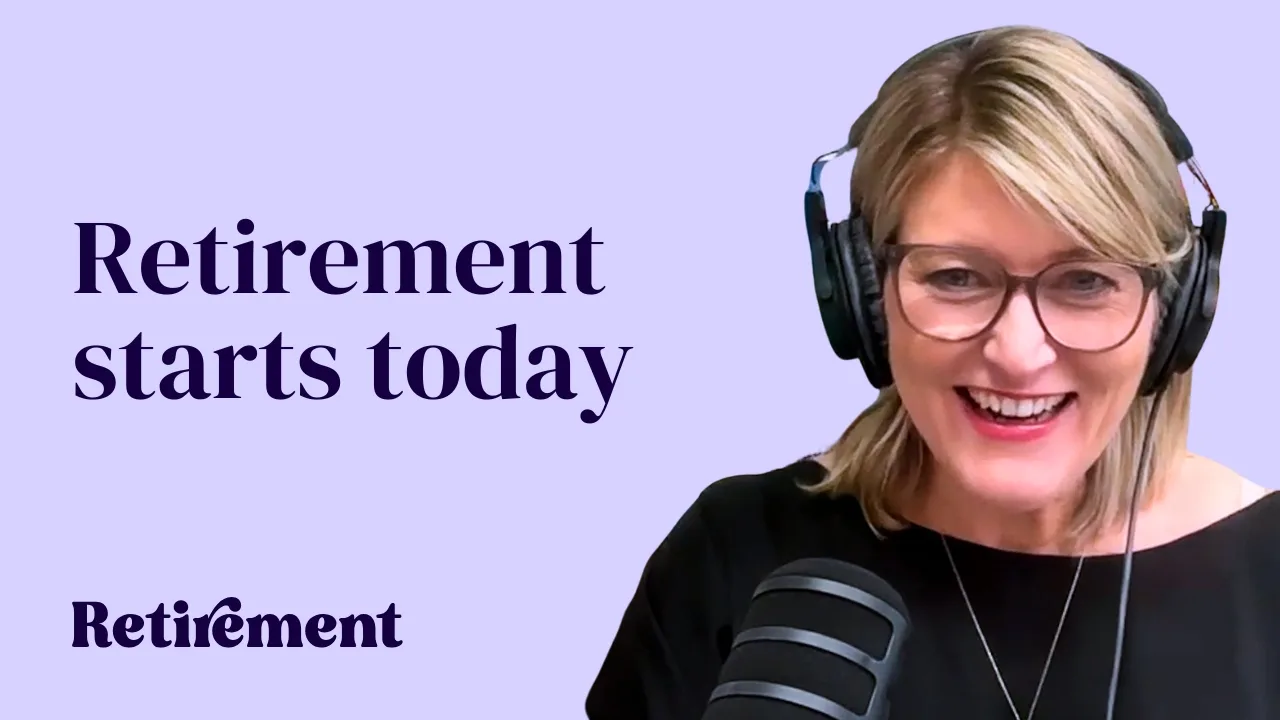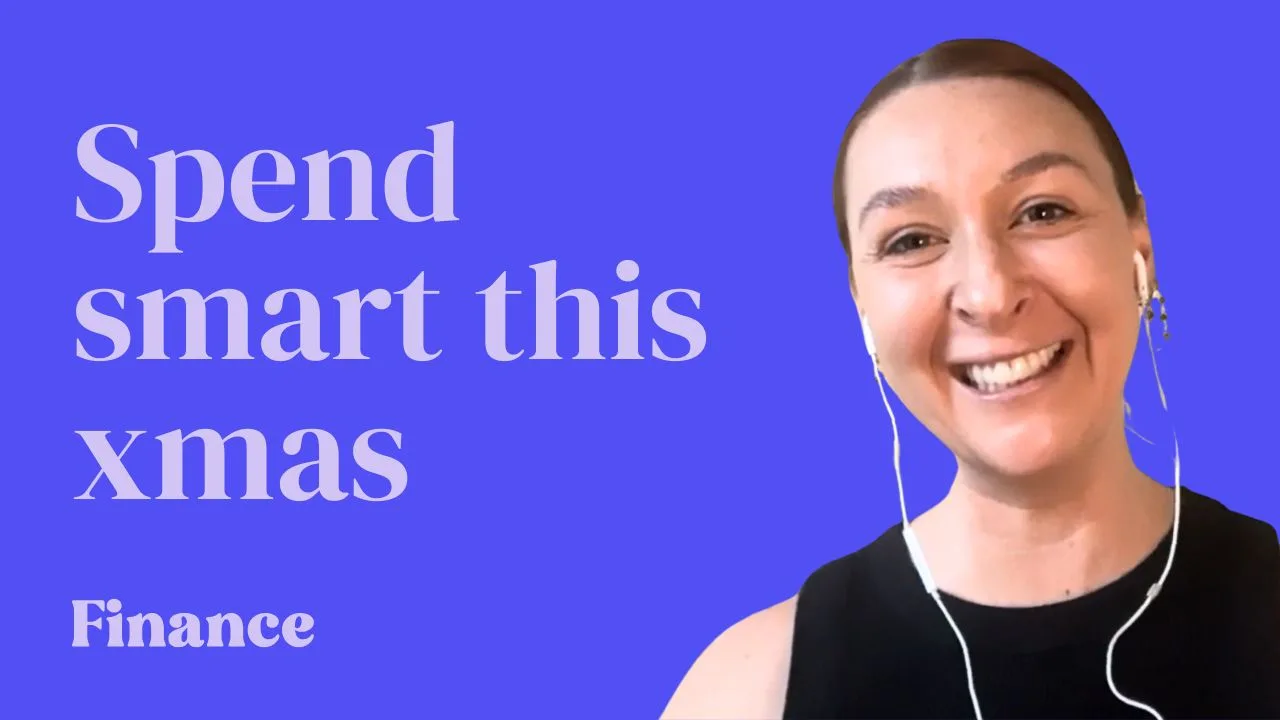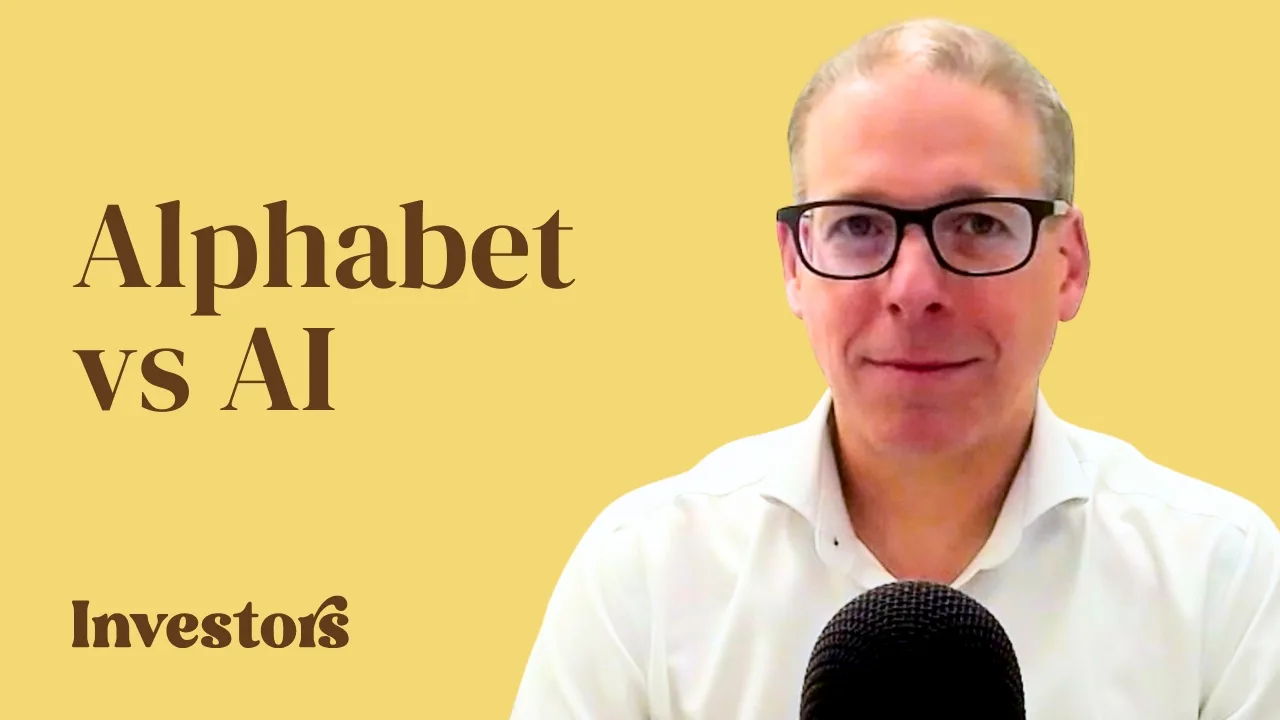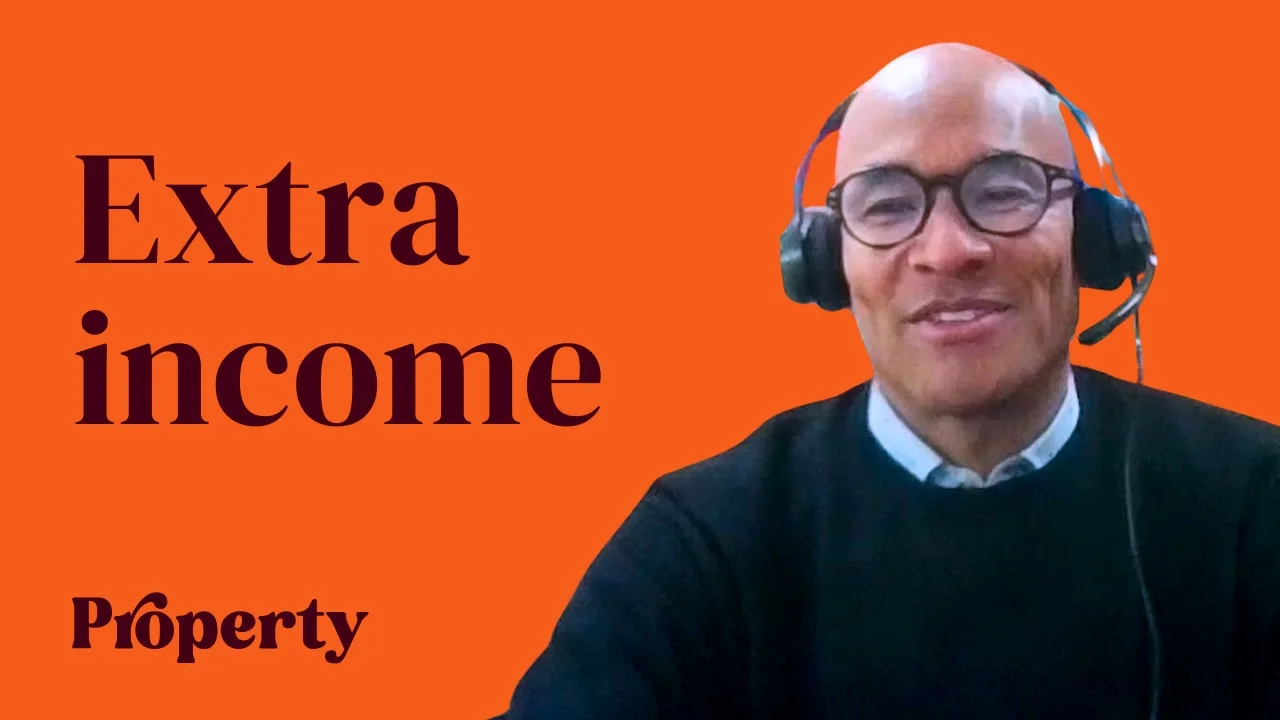Mark Lamonica, CFA is an investor, financial educator and the Director of Product Management, Individual Investor at Morningstar. In this episode of The Australian Investors Podcast, Mark and I — Owen Rask — go into great detail to discover how the Morningstar research methodologies are used to rate fund managers, determine company moat ratings and assign star ratings to stocks.
As you know, I don’t mind to get a little dirty digging deeper into the weeds of investing. But Mark does a fantastic job of covering all bases, whether you’re a new ETF investor or someone (like me) who also wants to know what makes great companies tick.
If you love hunting for the best companies or just want to know how to research a managed fund or ETF like a professional analyst, this investing podcast episode with Mark Lamonica is for you!
🏷 Don’t forget Mark/Morningstar have offered Rask listeners a steep discount to Morningstar’s Individual Investor service, which covers data, research and reports on stocks, ETFs and more (we get nothing to offer this discount to you!)
Podcast talking points with Mark Lamonica of Morningstar
Ice breakers (short answers only)
- False choice: If you could only choose to invest in 5 private or public companies for the next 10 years, which would you choose and why?
- Does short selling work?
- Who is one of the best capital allocators no one talks about?
“My approach is to generate a sustainable and growing income stream in excess of the yield available from the overall index. My goal is not to exceed the return of the market but instead to grow my income faster than that of the overall market.” – Mark LaMonica
Can you tell me/listeners about your strategy to chase higher income? Why you came to use this strategy, how you do it, your portfolio composition, etc.
How much cash (%) did you end 2022 with?
Morningstar research methodologies
I’ve always been interested in the research rigour and structure of Morningstar. It traverses countries, sectors, products and styles, and still works.
Let’s start with research ratings on funds and ETFs. Where do analysts start, what are the key parts of the research process and what are some examples of questions or perspectives they will cover?
- How many funds are in the Australian universe and how do their ratings shake out?
- How does the process differ for ETFs?
- Take your time with this question. Don’t skip anything that’s important.
Let’s now talk about companies/shares, and how the Morningstar process creates a sharp but repeatable process to cut apart companies.
- Can you describe the five overall pillars of the process, using examples and factors an analyst would consider?
- Our audience will be especially keen to learn what goes into these assessments, and maybe you can use examples to illustrate how, say, a company might go from a high capital allocation rating to a moderate one, or which sectors tend to have the highest rated companies right now or through time — anything you have found fascinating using Morningstar data, let’s add it in!
- How is the star rating determined?
In terms of moats, are you able to share examples of ASX-listed companies that get the highest rating for moats, across each of the types of moats (e.g. a company that gets a wide moat rating for network effects)? If you can’t find an ASX example, perhaps just use an interesting US company?
How do you personally think about investment risk and how does that differ to academic theory?
What’s the most underrated investing or business book?
What’s one thing about finance or investing you believe that few others would agree with you on?
Hate it? Love it? Want more of it?
While think you’ll like this episode of The Australian Investors Podcast, we think you’ll love the series! Don’t forget to subscribe!
